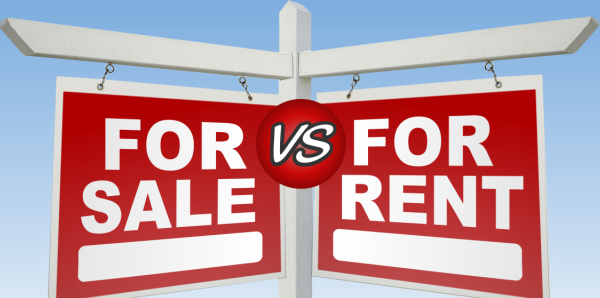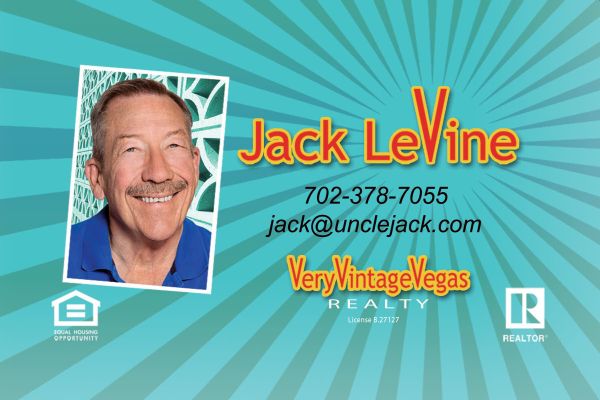The battle between “Location” and “Nostalgia”

The world is changing again. And so is Las Vegas. We can’t stop it. We’ve never been able to, and that’s probably the one thing that will never change. Change is inevitable.
The tide of “flight to the suburbs” has turned, at least to my way of thinking and there’s research and articles in such places as the New York Times that suggests it also . Gas prices, commute times and the boring, soulless sameness of the suburbs are the driving forces. There’s a growing new demand for a new livable, affordable urban lifestyle.
The Next Slum? Christopher B. Leinberger writes in the Atlantic:
The decline of places like Windy Ridge and Franklin Reserve is usually attributed to the subprime-mortgage crisis, with its wave of foreclosures. And the crisis has indeed catalyzed or intensified social problems in many communities. But the story of vacant suburban homes and declining suburban neighborhoods did not begin with the crisis, and will not end with it. A structural change is under way in the housing market—a major shift in the way many Americans want to live and work. It has shaped the current downturn, steering some of the worst problems away from the cities and toward the suburban fringes. And its effects will be felt more strongly, and more broadly, as the years pass. Its ultimate impact on the suburbs, and the cities, will be profound.
And once again, regardless of what’s happening in other cities, there’s something different about Las Vegas. The relatively well preserved neighborhoods of Vintage Las Vegas are all within about 3 miles from the entertainment capital of the world, and therefore the major employment centers. Our mid century neighborhoods aren’t in a ring 1/2 way out as they are almost every other city. They’re right in the heart of town. The merger of the two big changes is right at its infancy in Las Vegas. There’s a groundswell of appreciation and love for mid century modern AND a desire for urban living. That merger is going to happen right here in Vintage Vegas and Downtown.
Developers have already made some huge mistakes in redevelopment of the urban core, but they’re not ones that can’t be corrected with time and with market forces. Condo Towers in the arts district are a good example. In typical Las Vegas grandiosity, the mayor declared that his goal was to have people living downtown. I believed him, and so did most of you. The old joke in real estate says that if there’s a need for 500 living units, you won’t have one guy build all 500 of them. You’ll have 10 guys each building 500 of them. Someone decided that building up was a good idea. Suddenly every piece of land in downtown Las Vegas had a 7 million dollar an acre price tag and a sign that said “future hi-rise potential”. Those signs are mostly gone now, or at least they’re covered in grafitti.
What we SHOULD have done is build a dozen properties such as L’Octaine. Then a couple of JUHL sized properties. We’d have had lots of people living in them. The stores and sidewalk cafe’s and galleries and boutiques would be plentiful. And LAST instead of FIRST they’d fill it in with high cost hi-rises. Downtown Las Vegas could then be a fabulous place to live. Hopefully, that’s what the next wave of Downtown redevelopment will look like. Hopefully, we’ll rebuild get the right sequence in the future. Hopefully we’ve learned a valuable lesson.
In the meanwhile, we’ve got our “historic neighborhoods”. John S. Park and McNeil and Huntridge and Southridge and Marycrest and Scotch 80’s and Paradise Palms (and dozens more that have less recognizable names) are what we have to work with. We’re enjoying the “urban living aspects, except that we don’t have a sidewalk cafe and bodega on the ground floor of our apartment or condo building.
The future owners are going to buy them either for the nostalgia of terrific mid century design, or they’re going to buy them because of the location and the urban lifestyle that’s discussed in the two articles that I’ve linked to above. These neighborhoods will never be “carless” but most of the people we know in the vintage neighborhoods spend very little time driving.
The location driven, urban living buyers aren’t necessarily going to like PINK BATHROOMS. They’re not going to like the idea of no garages. They probably won’t understand that flat roofs are a better design for desert homes. And they’re definitely not going to like the idea of single pane windows, low or no r-value insulation, screw in fuses and ungrounded plugs. I’ve lived with those things temporarily, because I’m design and architecturally driven. But I’ll continue to hate my power bill until I get around to the windows.
The real challenge (and one of things that I’m preaching the most) is the balancing act of preserving and protecting the architecture and design features of mid century modern homes with the need to update the plumbing and electric and energy efficiency.
There’s 4 key topics that I discuss here at Very Vintage Vegas. If you ever meet me and I don’t know you’re a reader, I’ll introduce myself by saying “Hi I’m Jack, and I blog daily about the Classic Homes, Historic Neighborhoods, Las Vegas History and Urban Living”. If I were to add another key topic it would be “updating the energy efficiency of Mid Century Modern Homes”.
Thankfully, with only 3 or 4 exceptions, we’ve not been tearing down our mid mods to replace them with McMansions. That however is one of the possibilities in the future if the “location” buyers can’t find homes that have been updated and modernized, especially in respect to energy.
If you’re going to put in granite counters to appeal to that location buyer, then I suggest you work on the plumbing electric and insulation before you do that kitchen over. If you’re preserving your pink bathroom or kitchen then by all means do it right. Study it and get good advice. Stay out of home depot for the finishes, and do it wholeheartedly. Either way, there’s a new market emerging that will make your home much more valuable.



